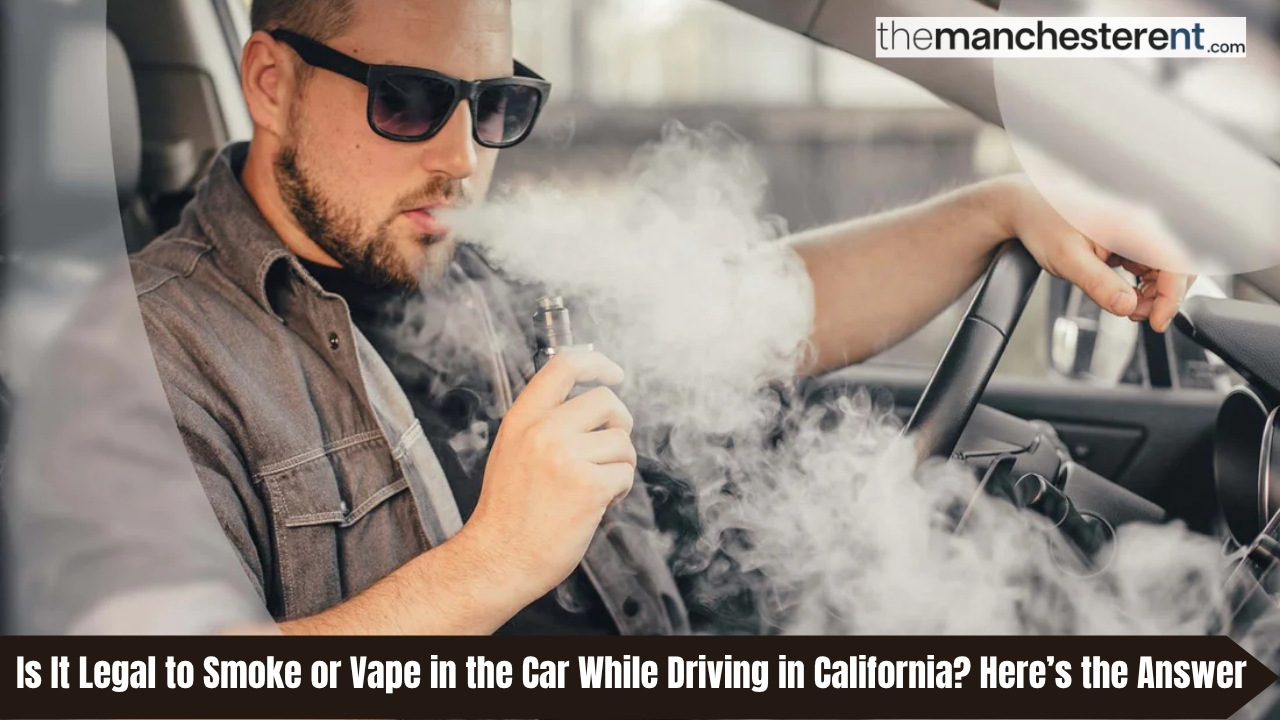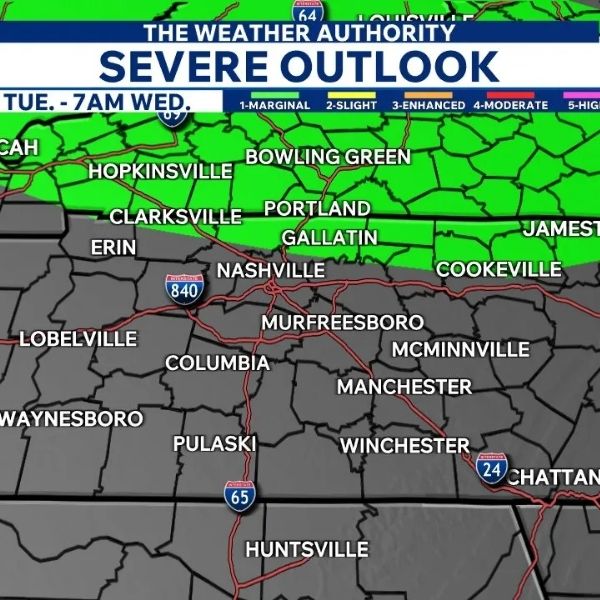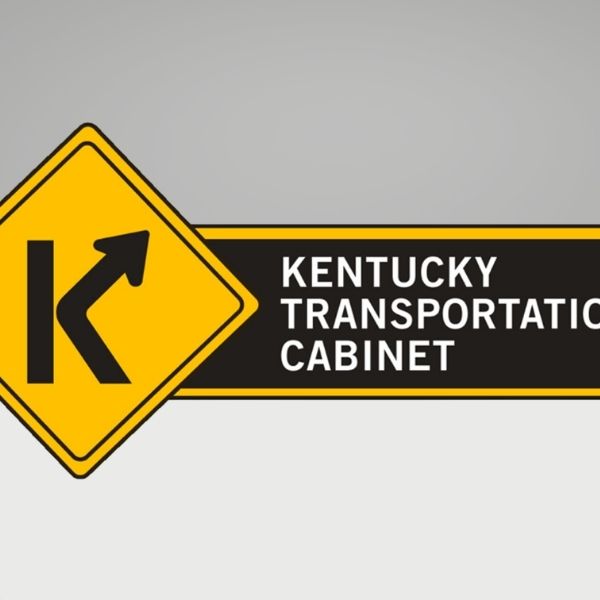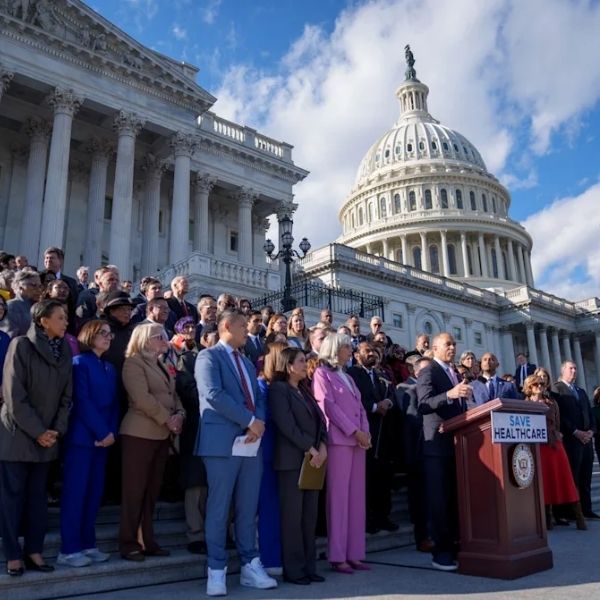The question of whether vaping while driving is legal in California has become increasingly relevant as vaping continues to gain popularity across the state. While California does not explicitly prohibit adults from vaping while driving alone, the legal landscape surrounding this activity is more complex than a simple yes or no answer. The state has implemented specific restrictions that depend on several critical factors, including the presence of minors in the vehicle, the substance being vaped, and whether the vaping activity creates a dangerous distraction.
Understanding California’s approach to vaping and driving requires examining multiple layers of legislation, from health and safety codes protecting minors to vehicle codes addressing distracted driving. With 148 people killed in distracted driving crashes in California during 2022, state lawmakers and law enforcement agencies continue to prioritize road safety while balancing individual freedoms.
The Clear Prohibition: Vaping with Minors Present
California law takes a clear stance regarding minors in vehicles. Under California Health and Safety Code Section 118948, it is strictly illegal to smoke or vape any tobacco product in a motor vehicle when a person under 18 years of age is present, regardless of whether the vehicle is moving or stationary. This law encompasses both traditional cigarettes and electronic smoking devices, including vape pens, e-cigarettes, and other vaping apparatus.
The legislation defines “tobacco product” broadly to include electronic smoking devices, while “smoking” specifically includes the use of electronic devices that create aerosol or vapour. Violations of this law constitute an infraction punishable by a fine of not more than one hundred dollars for each offence. Importantly, this represents a secondary offence, meaning law enforcement cannot stop a vehicle solely for this violation, but can issue citations if drivers are pulled over for other traffic infractions.
This protection extends to all passengers under 18 years old, not just children, and applies to any enclosed vehicle regardless of ventilation systems or open windows. The law recognizes the documented health risks associated with secondhand smoke and aerosol exposure, particularly for developing respiratory systems in young people.
Adult Vaping While Driving Alone: The Grey Zone
For adults aged 21 and over driving alone or with other adults, California law does not explicitly prohibit vaping nicotine or tobacco products while operating a vehicle. This legal allowance, however, comes with significant caveats related to distracted and reckless driving statutes that can still result in citations and penalties.
The absence of a specific prohibition does not grant unlimited freedom to vape while driving. California’s distracted driving laws remain broad and applicable to any activity that compromises safe vehicle operation. Law enforcement officers possess discretionary authority to issue citations if they determine that vaping behavior contributed to unsafe driving conditions or violated other traffic safety regulations.
Research indicates that smoking activities, including vaping, can increase collision risk. Studies have documented that smokers show a 33 percent higher prevalence of collision involvement compared to nonsmokers, with smoking contributing to between 1 and 5 percent of distraction-related crashes. While these studies primarily focused on traditional tobacco smoking, the physical actions and potential distractions associated with vaping devices present similar risk factors.
Potential Distracted Driving Violations
While vaping or smoking itself isn’t banned for adults driving alone, the act of doing so could lead to a citation under California’s distracted or reckless driving laws if it impairs your ability to safely operate the vehicle. California’s distracted driving laws are broad, and while they primarily target handheld electronic devices like cell phones, the principle of avoiding distraction applies to any activity that compromises safety.
A law enforcement officer has the discretion to issue a citation if they determine that your vaping or smoking behavior contributed to unsafe driving. Examples of distraction could include:
- Taking your hands off the wheel for an extended period to light a cigarette or handle a vape device.
- Looking away from the road to find, refill, or adjust your device.
- Exhaling a large vapor or smoke cloud that temporarily obstructs your vision through the windshield, which could be a violation of Vehicle Code § 26708.
- Reacting to dropped hot ash or a spilled e-liquid container, causing you to swerve or drive erratically.
If your actions are deemed to show a “willful or wanton disregard for the safety of persons or property,” you could be cited for Reckless Driving under Vehicle Code § 23103, which is a misdemeanor carrying much more severe penalties than a standard traffic infraction.
Cannabis Vaping: Strict Prohibition While Driving
California maintains absolute prohibition on vaping or smoking marijuana while driving, with no exceptions for passengers or vehicle occupancy status. Vehicle Code Section 23221 explicitly prohibits drivers from consuming marijuana or marijuana products while operating motor vehicles on highways. This includes all forms of cannabis consumption, whether through smoking, vaping, or edible products.
Violations of the cannabis driving prohibition constitute infractions separate from driving under the influence charges. However, drivers who vape cannabis products while driving may face additional DUI charges under Vehicle Code Section 23152(f) if their ability to operate the vehicle safely becomes impaired. The combination of open container violations and potential impairment charges creates serious legal consequences that extend far beyond simple traffic infractions.
Cannabis-related driving violations reflect California’s broader approach to impaired driving, recognizing that any psychoactive substance use while operating vehicles poses significant public safety risks. Law enforcement agencies receive specialized training to identify signs of cannabis impairment, and roadside testing capabilities continue to evolve to detect recent cannabis use.
Statistical Context and Public Safety Concerns
California’s approach to vaping while driving occurs within a broader context of distracted driving concerns affecting road safety statewide. According to 2024 data, distracted driving accounts for 14 per cent of all traffic-related fatalities nationally, with over 3,000 deaths attributed directly to driver distraction. California specifically recorded 148 fatalities in distracted driving crashes during 2022, representing a 5.1 per cent decrease from 2021 levels.
Public opinion surveys indicate that 71.4 per cent of Californians identify distracted driving from texting as a top traffic safety concern, highlighting widespread awareness of distraction-related risks. While vaping represents a different type of potential distraction, the underlying concerns about activities that divert attention from driving remain consistent across different behaviours.
Research examining smoking and collision rates provides relevant insights for vaping considerations. Studies spanning 2002 to 2016 found that smokers demonstrated elevated collision involvement rates compared to nonsmokers, with research suggesting that smoking-related distractions or physiological effects may contribute to increased crash risks. While vaping differs from traditional smoking in several respects, many of the physical handling requirements and potential distraction factors remain similar.
Comparison with Related California Driving Restrictions
California’s vaping while driving approach aligns with the state’s broader philosophy of regulating driver behaviour that poses safety risks while maintaining personal freedoms where possible. The 2025 expansion of cell phone restrictions to comprehensive no-touch policies demonstrates California’s proactive stance on eliminating driver distractions. Under these updated rules, drivers cannot hold or touch cell phones for virtually any reason while operating vehicles, including brief interactions for navigation or music control.
This strict approach to electronic device use provides context for understanding how California might address vaping-related distractions. While current law does not explicitly prohibit adult vaping while driving alone, the precedent established through progressive cell phone restrictions suggests potential future expansion of regulations if safety data supports additional restrictions.
The state’s tobacco control measures also influence the regulatory environment. California’s comprehensive flavour ban, effective January 1, 2025, demonstrates aggressive tobacco product regulation, though these restrictions focus on sales and public use rather than driving-specific behaviour. The integration of vaping products into existing tobacco regulatory frameworks suggests that future driving-related restrictions would likely follow similar patterns.











Leave a Comment